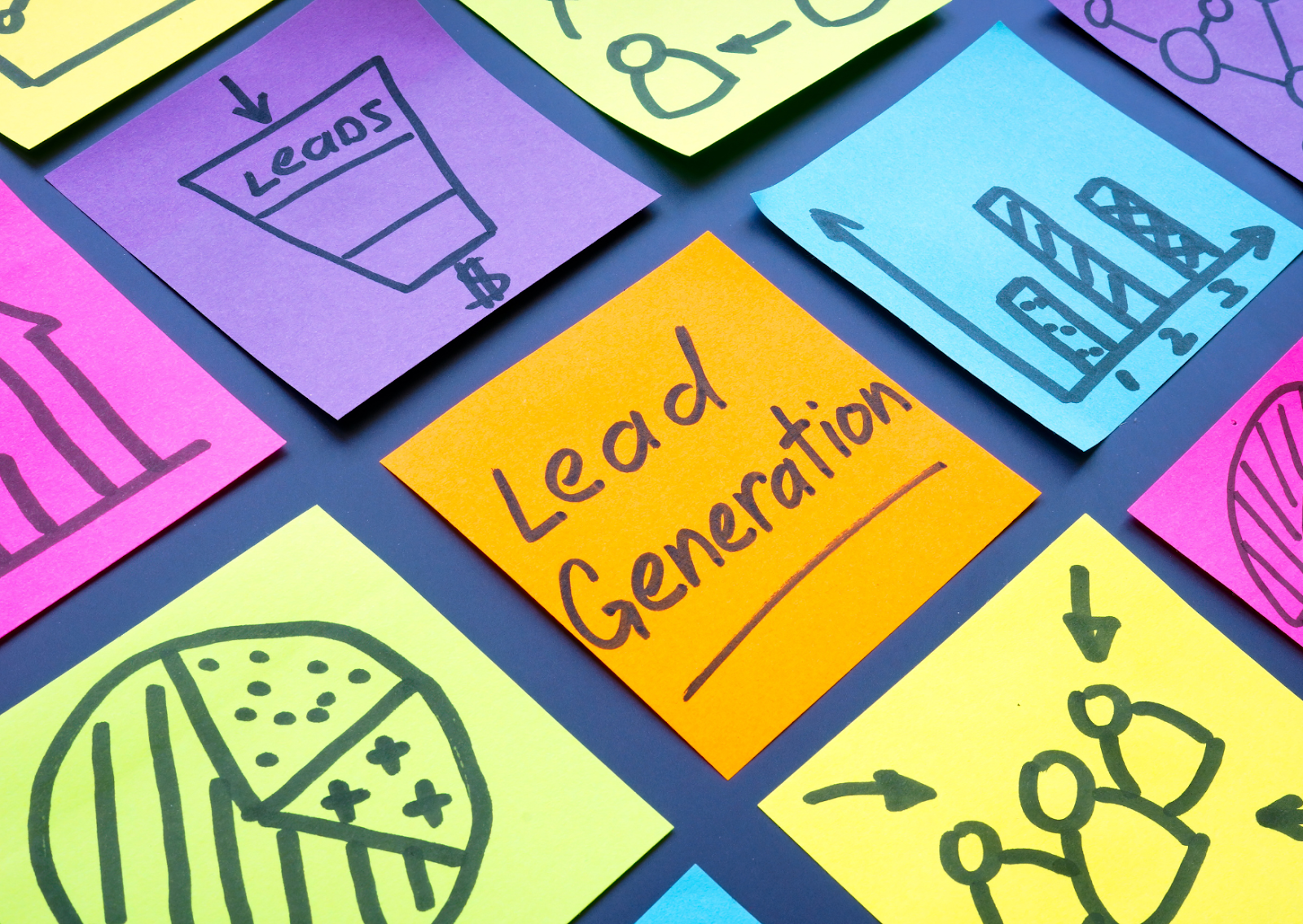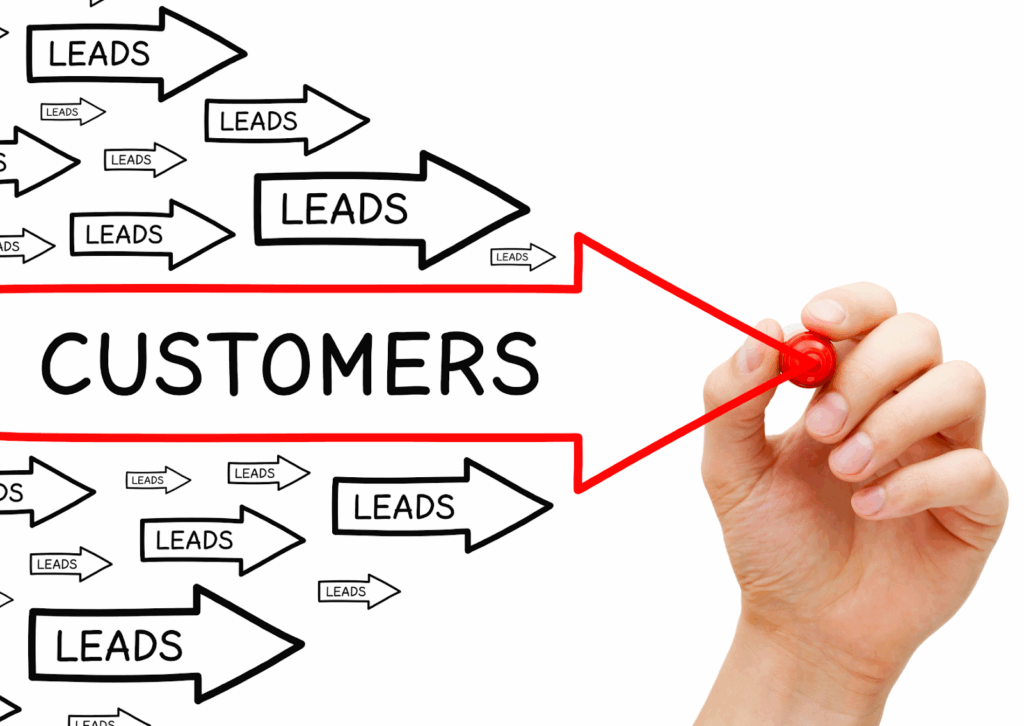What Is Sales Lead Generation and Why Is It the Foundation of Growth?
Sales lead generation is the process of identifying and attracting potential customers who are likely to be interested in your products or services. It lays the groundwork for turning traffic into leads and ultimately, sales. Whether you’re a startup or an established company, the ability to consistently generate leads determines your business’s long-term health and revenue stability. Without effective lead generation, even the best product can go unnoticed.
Understanding the dynamics of both inbound and outbound lead generation helps businesses attract a steady flow of prospects. Inbound efforts use content, SEO, and social media to attract traffic, while outbound tactics include cold calling, email campaigns, and paid ads. Combining both with smart marketing automation ensures that your generation efforts are proactive and sustainable.
Sales success depends on reaching the right audience at the right time. Sales teams benefit greatly from clear strategies that align with their goals and targets. Sales-focused tools streamline the process from initial interest to closed deals. Effective lead generation supports every stage of the sales cycle, making it easier to build relationships and close more deals.
How Does Lead Management Simplify the Sales Process?
Once you capture leads, managing them becomes critical. Lead management refers to how a company tracks, organizes, and interacts with potential customers. It’s about creating a system that guides each lead through the sales funnel—from initial interest to conversion.
With tools like a crm system, businesses can sort leads based on behavior, demographics, and how they entered the funnel. Managing this information effectively allows salespeople to stay focused on high-priority contacts. Marketing automation platforms further enhance this by reducing manual work and delivering consistent engagement at scale.
What Makes Lead Nurturing So Effective for Building Relationships?
Lead nurturing is the art of staying in touch with leads over time, offering them value until they are ready to make a purchase. Most leads are not ready to buy right away. That’s why nurturing them through email, content, and relevant messaging increases the chances of conversion.
Lead nurturing works by recognizing where a customer is in the buyer’s journey and delivering tailored content that addresses their concerns. Whether it’s sending out a guide or an educational article, a well-timed lead magnet can build trust. Over time, this consistent engagement helps turn a potential customer into a qualified lead.
Why Is Lead Scoring Important in Prioritizing Prospects?
Not all leads are equal, and that’s where lead scoring comes in. This process assigns values to leads based on their behavior and interest level. For example, a lead who visits your pricing page and downloads a case study might score higher than someone who only visits your homepage.
Lead scoring enables salespeople to focus their time and energy on the most promising prospects. It also helps align marketing and sales by establishing clear criteria for what makes a lead qualified. Effective lead scoring, backed by a crm and marketing automation, helps teams convert more prospects into customers.
How Does Lead Qualification Improve Sales Efficiency?
Lead qualification is the process of evaluating whether a lead meets the criteria to move forward in the sales pipeline. It typically involves asking key questions to determine if the lead has the need, budget, and authority to buy. Qualified leads are far more likely to convert than unqualified ones.
Sales lead generation becomes much more efficient when paired with a clear qualification framework. It saves time, reduces unnecessary prospecting, and increases conversion rates. A good crm system can help automate parts of the qualification process, alerting salespeople when a lead becomes sales-ready.
What Role Does the Lead Generation Funnel Play in Conversion?

The lead generation funnel is a visual representation of the customer journey—from awareness to decision. At the top of the funnel, you attract leads through blog content, social posts, or webinars. As they move through the funnel, lead magnets, nurturing campaigns, and landing pages help guide them toward conversion.
Each stage of the funnel requires a different approach. Early on, the goal is to generate interest. Later, it’s about building trust and proving your value. Successful companies use a combination of inbound and outbound lead generation to keep the funnel full and flowing.
How Do You Capture Leads in a Digital Landscape?
To generate leads effectively online, businesses must master the art of lead capture. This involves creating optimized landing pages, compelling calls-to-action, and forms that encourage users to submit their contact details. A good lead magnet, like a free eBook or consultation, can be the key to convincing someone to share their information.
Marketing automation tools help manage the process by triggering personalized responses as soon as a lead is captured. Over time, this builds a list of engaged contacts that can be nurtured and qualified. The more relevant your offer and the smoother your capture process, the better your results.
How Does Understanding Your Audience and Personas Enhance Lead Generation?
Effective lead generation starts with knowing your audience. Creating customer personas—detailed profiles of your ideal customers- helps you tailor your messaging, offers, and campaigns to resonate with the right people.
Personas influence everything from what type of lead magnet you create to how you structure your email campaign. By aligning your strategies with your audience’s goals and pain points, you’re more likely to capture leads who convert into paying customers. Businesses that fail to understand their audience often generate traffic but few qualified leads.
What Strategies Help You Generate Leads at Scale?
To scale lead generation, you need a strategic mix of marketing channels and technology. Outbound lead generation tactics like cold outreach and referrals should complement your inbound content and SEO efforts. At the same time, marketing automation allows you to handle large volumes of leads without losing personalization.
It’s also important to test and refine. Track your traffic sources, lead capture rates, and conversion metrics to see what’s working. By optimizing every stage of the customer journey, you can turn more visitors into leads and more leads into sales.
Why Should You Trust Projectler to Improve Your Lead Generation and Sales?

If your goal is to streamline lead generation and close more deals, Projectler provides the system, software, and strategy to help you do it. Designed for service-based businesses, Projectler uses AI and automation to capture leads, score them, and qualify them—so salespeople can focus on closing.
Projectler specializes in the pay-per-lead model, meaning you only pay for results. You’re not gambling with ad spend—you’re investing in guaranteed, qualified leads. Their all-in-one platform helps manage your campaign from generation to close, using real-time analytics, CRM tools, and automation that minimizes manual work. Explore how they can help you scale by requesting a demo.
What Should You Remember as You Move Forward?
Sales lead generation is not a one-time activity—it’s a system that evolves. To stay competitive, businesses need to invest in smarter tools, better strategies, and more personalized experiences. From creating personas to using a crm to track lead scores, every piece contributes to better conversions and ultimately, a sale.
By focusing on qualified leads, clear communication, and consistent follow-up, you not only generate more leads but turn them into loyal customers. Whether you’re generating leads through inbound content or outbound prospecting, your success depends on your ability to adapt and refine your process.
The right partner can make a big difference. With Projectler, you don’t just get leads—you get results.
Works Cited
Chaffey, Dave. “What Is Marketing Automation?” Smart Insights, 3 Mar. 2023, www.smartinsights.com/marketing-automation/marketing-automation-strategy/what-is-marketing-automation/.
Heinze, Aleksej, et al. Digital and Social Media Marketing: A Results-Driven Approach. Routledge, 2020.
Marketo. “The Definitive Guide to Lead Nurturing.” Adobe Experience Cloud, experienceleague.adobe.com/docs/marketo.
Salesforce. “What Is Lead Management?” Salesforce Resources, www.salesforce.com/resources/articles/what-is-lead-management/.
U.S. Small Business Administration. “Grow Your Business: Marketing and Sales.” SBA.gov, www.sba.gov/business-guide/manage-your-business/grow-your-business.
Frequently Asked Questions
2. How does lead nurturing help convert potential customers?
Lead nurturing builds trust by engaging leads with relevant content over time. It helps guide prospects through the sales funnel until they’re ready to make a purchase.
3. What is lead scoring and how does it improve sales efficiency?
Lead scoring assigns values to leads based on their behavior and interest level, allowing salespeople to focus on the most promising and qualified leads.
4. What role does a lead generation funnel play in marketing?
A lead generation funnel outlines the stages a customer goes through—from awareness to conversion. It helps businesses plan targeted campaigns for each stage.
5. Why should businesses consider using Projectler for lead generation?
Projectler offers a pay-per-lead system, automation tools, and CRM integration to streamline lead generation and sales, ensuring businesses only pay for results.

